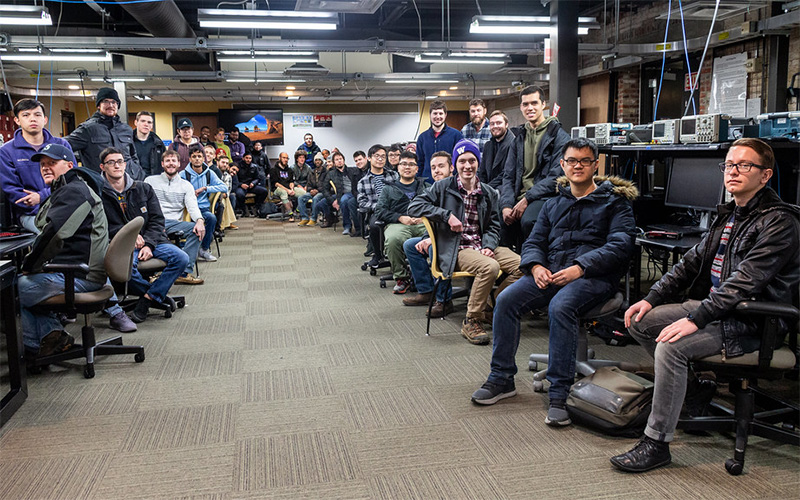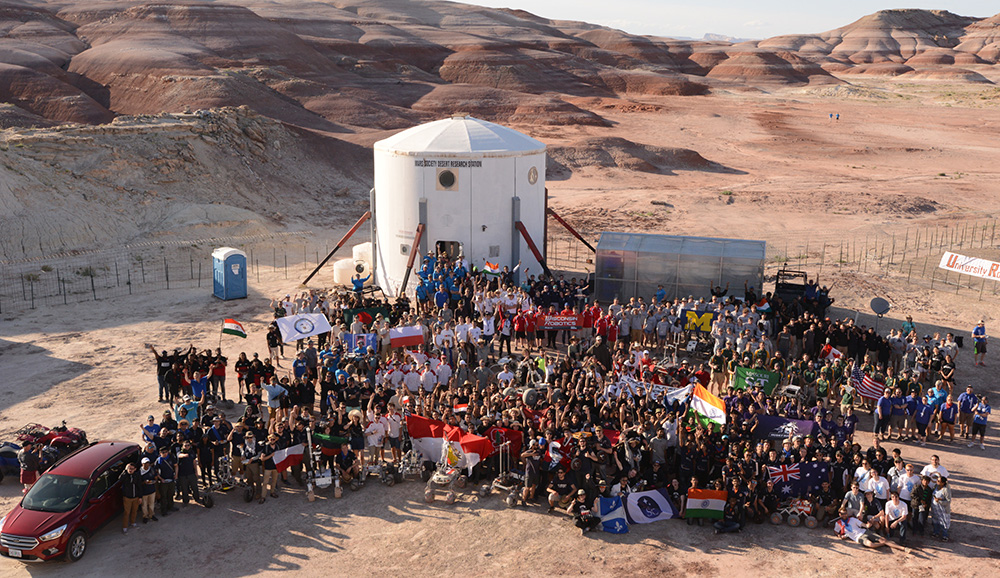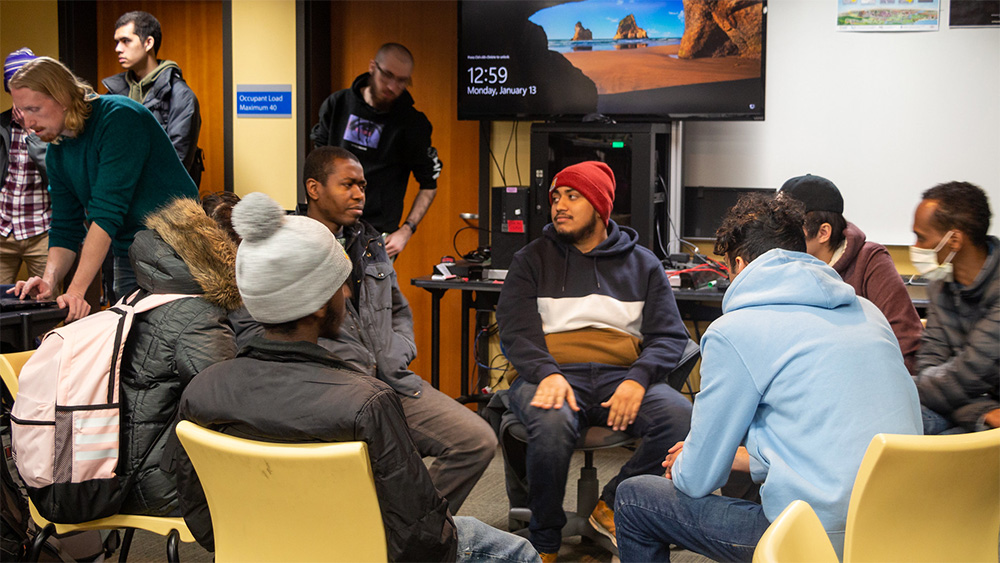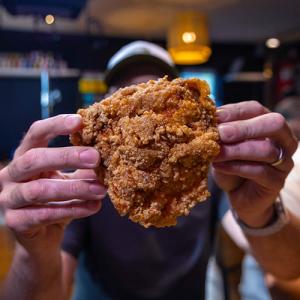
Mars in their Eyes
A group of science and technology students hope their designs for a Mars rover vehicle will win the University Rover Challenge in the red deserts of Utah.
On an otherwise quiet campus during the break between quarters, a group of students and one faculty member fill a small conference room in the Cherry Parkes building. Their majors and areas of interest vary, but all of them share an ambitious vision of the rocky, red, alien landscape of Hanksville, Utah.
Why aren’t they off skiing, or sunning in warmer climes? They have caught the Mars rover bug.
Every year the Mars Society, “the world's largest and most influential space advocacy organization dedicated to the human exploration and settlement of the planet Mars,” hosts a University Rover Challenge at their Mars Desert Research Station in Hanksville.
The challenge dates back to 2006. In that first year, four teams competed. In 2020, there are 93 teams from 16 countries that applied to compete, including UW Tacoma. Those 93 teams will be winnowed down to 36 teams at the end of February. The final 36 teams will compete over a three-day period at the end of May in Hanksville. That location in Utah was chosen by the Mars Society because of its Mars-like terrain and its relative isolation, allowing for undisturbed field studies.

The impetus for UW Tacoma to join the competition came from two electrical engineering students, Karmdeep Singh and Ibrahima Diallo. The two approached School of Engineering & Technology Assistant Professor Michael McCourt to propose the idea at the beginning of the 2019-20 academic year.
“I found out that UW in Seattle and WSU in Everett both had Mars rover projects,” said Singh. “When I decided to go to UW Tacoma, I thought we should have one, too.”
According to the competition guidelines, rovers are put through a series of four missions, each meant to replicate the type of work that they would do on the red planet. The first is “a Science Mission to investigate a site for the presence of current or past life,” the second is “a Delivery Mission to deliver a variety of objects to astronauts in the field across rugged terrain,” the third is “an Equipment Servicing Mission to perform dexterous operations on a mock lander using a robotic arm,” and the fourth is “an Autonomous Navigation Mission to autonomously travel to a site and locate a marker.”
UW Tacoma’s Mars Rover team is divided into six sub-teams, one for each mission plus one for “Command and Control,” and one for “Power Systems.” In total there are approximately 60 students involved in the project in one capacity or another, from a variety of STEM fields ranging from electrical engineering to biomedical sciences.
School of Engineering & Technology Assistant Professor Michael McCourt, the team’s faculty advisor, sits back and lets the students drive the meeting. James Stevens, a senior in electrical engineering and the project lead, commands the floor. “I really appreciate you all being here during break,” he says. “Let’s go around and check in with all the teams.”
The Command and Control team reports a decision on the bandwidth the rover will use to communicate. The Science Mission team responds with concern about the bandwidth for video data to transmit on, and a brief discussion follows. The Power Systems team presents options for a battery array, and the pros and cons are weighed. The whole table discusses options for milling the specialized parts that they need. Then there’s a brief debate on the placement and number of cameras needed to effectively complete the missions.
“Having the camera on the arm is a great idea, but what if the rover’s shadow falls on what we’re trying to observe?” someone asks.
There’s a brief pause for thought, before someone else chimes in with a suggestion. “Let’s just stick a light on it.”
A consensus is reached, and an LED light strip is added to their materials list. The multitude of moving parts in the project, both literal and figurative, is very apparent.

“Our budget is $14,000,” Stevens explained. “Blue Origin gave every team $2,000 to spend on parts, and we got some money from UW, and some other sources.” Blue Origin is a private, Kent, Wash.-based aerospace company owned by Amazon founder Jeff Bezos.
“The biggest challenge so far has been organizing everyone, and budgeting,” Stevens said. The group is currently without a treasurer, and is looking for an interested finance student.
During winter quarter the team is moving from planning to construction. The group is working with campus’s Facilities Services to temporarily commandeer some space in the Science Building to serve as a workshop in which to build the rover.
Team member Karmdeep Singh notes that winning the competition would bring massive bragging rights to the UW Tacoma campus, as well as a cash prize and the opportunity for the team to travel to the International Mars Society Convention and present their rover. “If we get to the final, we get to go give our resumes to executives of groups like NASA, Blue Origin and SpaceX,” Singh said.



